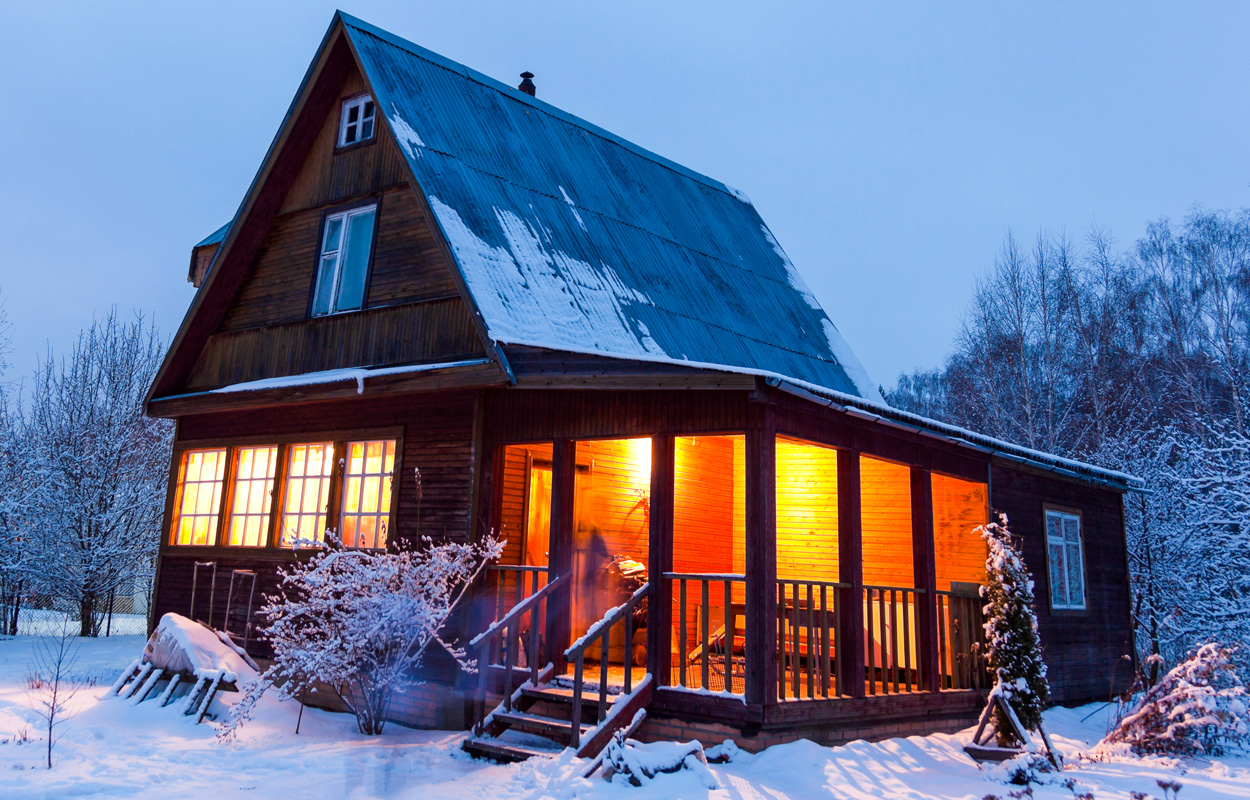Elucidation is good!
The general need for independence and self-sufficiency is growing. Trust in politics and the economy is shrinking visibly. One could also describe it as «fear of uncertain times». Corona, the Ukraine war and rising inflation have triggered a deep unease in many people. People want to prepare for an emergency and make their own house electricity-proof. Being able to manage without mains electricity for at least a certain period of time will soon be part of the good tone of any property. The photovoltaic system on the roof is now standard, but real self-sufficiency only comes with battery storage. There is talk of «emergency power capability» and «off-grid capability». But what does that mean in detail?
There is a lot of confusion about the terms «emergency power capability» and «off-grid capability» – even among experts. Often one is meant, but the other expression is used. In this way, misunderstandings and dissatisfaction in communication occur time and again. But the differences between «emergency power capability» and «off-grid capability» are important to understand and ultimately decisive for a system that provides you with the self-sufficiency you desire.
Emergency power capability
In the event of an emergency – i.e. if the power grid really does fail – there is only one producer: the battery storage system! In the event of a power failure, the battery takes over the power supply. This electricity producer then adapts to the consumer(s). The photovoltaic inverter switches off automatically and the photovoltaic power is no longer available – as a result, the battery storage is also no longer charged. The power is sufficient until the battery is empty.
This variant is useful for short bridging times in relatively reliable electricity grids. It is a simple, uncomplicated solution that is possible with all innovenergy® products without upgrading.


Off-grid capability
Off-grid capability means that in the event of a mains power failure, your own grid is disconnected from the public grid and the system switches to emergency power in less than 20 milliseconds (as described above). In the off-grid, the photovoltaic power is still available. Electricity can be used for important consumers or to charge the battery.
There can be several producers in an off-grid. If desired, an external generator can be integrated. Via solar charge controllers (MPPT), the energy from the photovoltaic system is fed into the off-grid and either completely or partially transferred to the battery.
Autarky is ensured over a longer period of time. In winter, however, when snow and fog reduce the power of the photovoltaic system enormously, it is advisable to be sparing with the consumers. An off-grid system is easy to implement and enables maximum self-sufficiency.
«Miracle bag» MPPT
In an off-grid system, the energy from the photovoltaic system can be split or run entirely via MPPTs. If the energy is split, one part of the photovoltaic panels is connected to a photovoltaic inverter and this energy goes directly to the consumers as alternating current. The other part of the photovoltaic panels is sent directly as direct current to the battery storage system via MPPTs without conversion.
But you can also save the photovoltaic inverter! If the entire power of the entire photovoltaic system is fed directly to the DC bus of a salidomo® or salipro® via corresponding MPPTs, this controls the forwarding to the loads or the battery. In addition, MPPTs increase the overall efficiency of the system by approx. 10-15%, as unnecessary alternating rectification (from DC to AC and vice versa) is no longer necessary. This not only makes the system more cost-effective, but also saves the currently long delivery times for photovoltaic inverters. innovenergy® can deliver quickly!
Black start capability
You go to your own sauna in the basement on Sunday evening. Beforehand, you put a roast beef in the low-cooker mode in the tube of your oven. The evening is chilling and dinner is delicious. The sofa enjoys your relaxed existence in front of the television with a nice film in cosy togetherness. Before going to bed, you take a quick look at the charge status of your battery: Oops! Almost empty! You didn't even notice the power failure. The system has automatically taken over. You go to sleep, which uses the least energy. The next morning, as soon as the first rays of sun gently caress your photovoltaic panels, the entire battery and off-grid system starts up again automatically. This is called black start capability! You already have light in the bathroom again for brushing your teeth... from your own off-grid, because public electricity is still not available. There's something about an off-grid like that, isn't there?
Advice & offer
Would you like advice or an individual offer? Then contact one of our sales partners. Click on the «Start Request» button on the left and find your sales partner near you.

